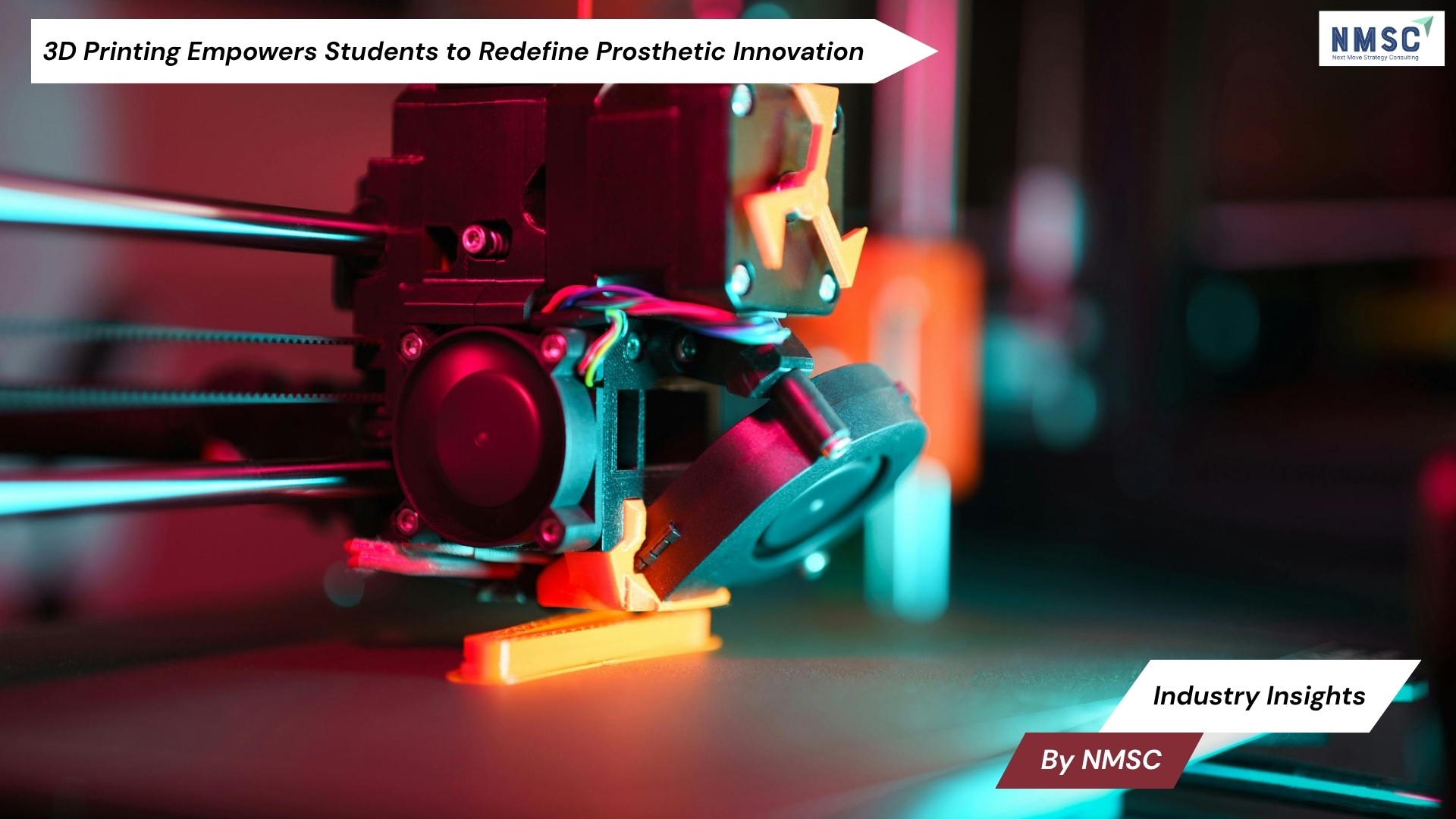Asia-Pacific Smart Display Market is expected to reach USD 19.92 billion by 2030
Published: 2025-01-22
The growing tech-savvy population and the rapid urbanization are driving up demand for the Asia-Pacific Smart Display market during the forecast period.
Asia-Pacific Smart Display Market was valued at USD 5.26 billion in 2022, and is predicted to reach USD 19.92 billion by 2030, with a CAGR of 16.5% from 2023 to 2030, according to new research by Next Move Strategy Consulting. In the Asia-Pacific region, key trends are influencing the smart display industry.
The region's dominant position in electronics exports, combined with the rapid growth of the automotive market, is driving the demand for smart displays. A tech-savvy population is contributing to a surge in the adoption of smart home devices, with a particular focus on integrating smart displays with IoT devices.
The thriving electronics industries and the rising demand for electronic devices, including smart displays, are expected to significantly impact the global economy. Government-driven tech initiatives, along with innovations from leading global tech companies, are propelling the smart display industry forward.
However, a significant hurdle in advancing the Smart Display market stems from the absence of standardized procedures. When standardized protocols are lacking, it may encourage manufacturers to develop their proprietary systems, making replacement or upgrades challenging. This situation can result in companies overly depending on a single vendor's technology, restricting their ability to collaborate with multiple service providers.
Vendor lock-in can lead to increased expenses, decreased flexibility, and limited opportunities for innovation, all of which can negatively impact the growth of the Smart Display market. Apprehensions about being tied to a specific vendor's technology may dissuade companies from investing in automation systems, thereby impeding the market's expansion.
On the other hand, the increasing adoption of cloud-based automation solutions presents a significant growth opportunity for the Smart Display industry. These solutions offer several benefits such as increased efficiency, productivity, and profitability for businesses. They can be easily scaled up or down, making them suitable for businesses of all sizes.
Additionally, cloud-based solutions offer enhanced control and transparency within industrial processes, resulting in substantial reductions in expenses related to the upkeep and enhancement of hardware, software, and infrastructure. This cost-saving feature allows companies to redirect resources towards their core competencies and other strategic areas of their operations. The increasing adoption of cloud-based solutions for handling and harnessing 3D data acquired from reality capture devices indicates a noticeable surge in interest toward embracing these technologies.
For instance, in January 2022, Accenture made a strategic investment via Accenture Ventures in Cintoo, a company that offers cloud-based solutions for the management and utilization of 3D data acquired from reality capture devices. As a result, continued growth and innovation in the Smart Display industry is expected in the future.
Request for a Sample PDF on the Asia-Pacific Smart Display Market
According to the report, leading players in the Asia-Pacific Smart Display market include Samsung Electronics, Qisda Corporation (BenQ), LG Corporation, Sharp Corporation, Lenovo Group Limited, Alps Alpine Co., Ltd, Sony Corporation, Google, LLC., Leyard Optoelectronic Co., and Amazon.com, Inc.
Key Insights from the Asia-Pacific Smart Display Market Report:
-
The information related to key drivers, restraints, and opportunities and their impact on the Asia-Pacific Smart Display market is provided in the report.
-
The value chain analysis in the market study provides a clear picture of the roles of each stakeholder.
-
The market share of players in the Asia-Pacific Smart Display market is provided in the report along with their competitive analysis.
















Add Comment